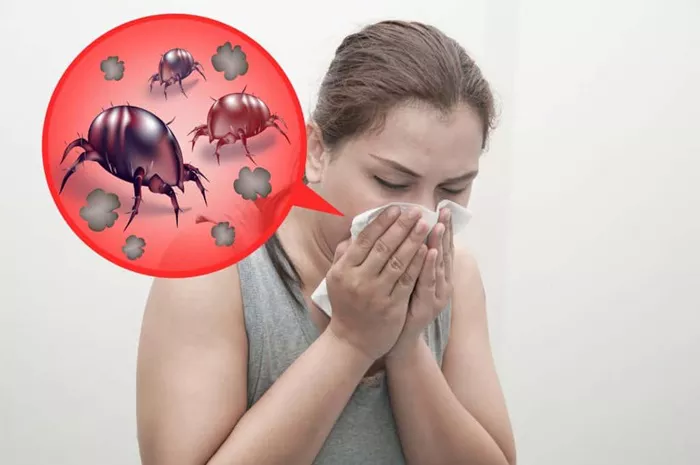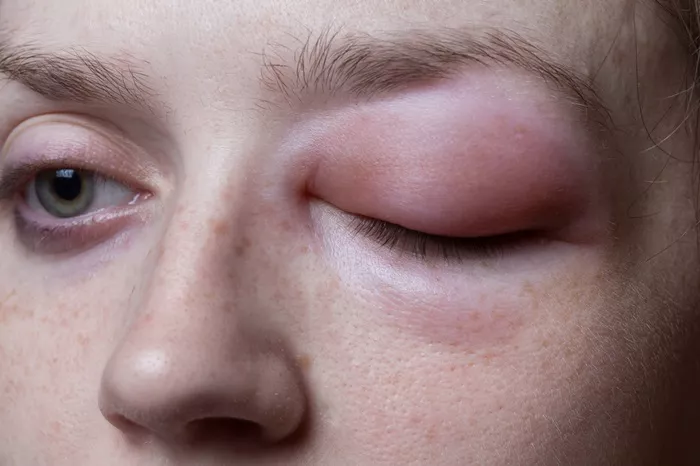Dust mites are microscopic arachnids that thrive in household dust. Common yet invisible to the naked eye, these tiny creatures are a major contributor to indoor allergens and can be a significant problem for people with allergies and asthma. This article delves into the causes of dust mite infestations, their impact on health, and methods for managing and mitigating their presence in our homes.
Understanding Dust Mites
Dust mites measure about a quarter to a third of a millimeter long. They are not visible without magnification, yet they are almost omnipresent in human habitats. They primarily feed on flakes of human skin that are shed naturally, which accumulate in bedding, furniture, and carpets. Their presence is usually harmless unless their droppings and body fragments become airborne and trigger allergic reactions in sensitive individuals.
Biology and Life Cycle of Dust Mites
Dermatophagoides farinae and Dermatophagoides pteronyssinus are the two most common species of house dust mites found in homes. They thrive in warm, humid environments and have a lifecycle from egg to adult that spans approximately one month, depending on conditions. Female mites can lay 40 to 80 eggs singly or in small groups in their lifetime, perpetuating the population growth in suitable environments.
Optimal Conditions for Dust Mites
Dust mites prefer temperatures of 68 to 77 degrees Fahrenheit (20 to 25 degrees Celsius) and humidity levels of 70 to 80 percent. Their development and survival rates decrease significantly in lower humidity levels or extreme temperatures, which is why they are seldom found in dry climates.
Sources and Causes of Dust Mite Infestations
Understanding where dust mites come from and what conditions invite their proliferation can help in formulating effective control strategies.
Common Habitats in Homes
Bedding: Beds provide the ideal mix of warmth, humidity, and food (human skin flakes), making them one of the most common dust mite habitats.
Upholstered Furniture: Couches and padded chairs offer similar environments as bedding, supporting large populations of mites.
Carpets and Rugs: Thick pile fabrics trap skin flakes and provide a protected environment, particularly if the carpets are seldom cleaned.
Soft Toys and Curtains: These items can also harbor dust mites, especially if they are frequently used and rarely washed.
Contributing Factors to Dust Mite Growth
Humidity: High indoor humidity is perhaps the most significant factor promoting dust mite populations. Homes with poor ventilation or those in naturally humid climates are especially vulnerable.
Lack of Hygiene: Infrequent cleaning and vacuuming allow human skin flakes and other debris to accumulate, providing food sources for mites.
Indoor Heating: Central heating systems can create warm environments that facilitate dust mite survival, particularly during the colder months.
Health Impacts of Dust Mites
Dust mite allergies are among the most common indoor allergen sources. Their fecal pellets and body fragments contain proteins that, when inhaled, can trigger allergic reactions in susceptible individuals.
Symptoms of Dust Mite Allergies
Respiratory Symptoms: These include sneezing, runny or itchy nose, nasal congestion, coughing, and wheezing.
Eye Irritations: Red, itchy, or watery eyes can also occur.
Asthma: Dust mites can trigger severe asthma attacks in people with allergic asthma.
Diagnosing Dust Mite Allergies
Allergists typically perform skin prick tests or specific IgE blood tests to diagnose dust mite allergies. These tests confirm sensitivity to dust mite allergens by detecting allergic reactions or specific antibodies in the blood.
Strategies for Managing Dust Mites
Reducing dust mite exposure is key to managing allergies. Although completely eliminating dust mites from your home is impossible, their numbers can be significantly reduced with the following strategies.
Environmental Control
Maintain Low Humidity: Using dehumidifiers to keep humidity levels below 50 percent can significantly inhibit dust mite growth.
Regular Cleaning: Frequent vacuuming with HEPA-filtered cleaners and dusting can reduce the number of mites and allergens.
Wash Bedding Regularly: Washing sheets, pillowcases, and blankets in hot water (at least 130 degrees Fahrenheit) weekly can kill mites and remove allergens.
Use Dust-Proof Covers: Encasing mattresses, pillows, and box springs in allergen-impermeable covers can prevent mites from colonizing these areas.
Lifestyle Adjustments
Reduce Clutter: Less clutter means fewer places for dust mites to live.
Remove Carpeting: Replacing carpets with hard flooring reduces areas where mites can thrive.
Choose Appropriate Furnishings: Opting for leather, wood, plastic, or metal furniture can minimize places for mites to live compared to upholstered options.
Medical Interventions
For individuals severely affected by dust mite allergies, allergists may recommend treatments such as:
Allergy Medications: Antihistamines, decongestants, and nasal corticosteroids can alleviate symptoms.
Immunotherapy: Allergy shots or sublingual tablets can help develop tolerance to dust mite allergens over time.
Conclusion: Living with Dust Mites
While completely eradicating dust mites from indoor environments is not feasible, understanding their biology and the conditions they thrive in can help manage and reduce their populations. By implementing effective home management strategies and seeking appropriate medical care, individuals with dust mite allergies can significantly alleviate their symptoms and improve their quality of life. As with many aspects of health, awareness and proactive management are key to living comfortably despite the presence of these ubiquitous and unseen residents.
[inline_related_posts title=”You Might Be Interested In” title_align=”left” style=”list” number=”6″ align=”none” ids=”8161,8158,8155″ by=”categories” orderby=”rand” order=”DESC” hide_thumb=”no” thumb_right=”no” views=”no” date=”yes” grid_columns=”2″ post_type=”” tax=””]
































